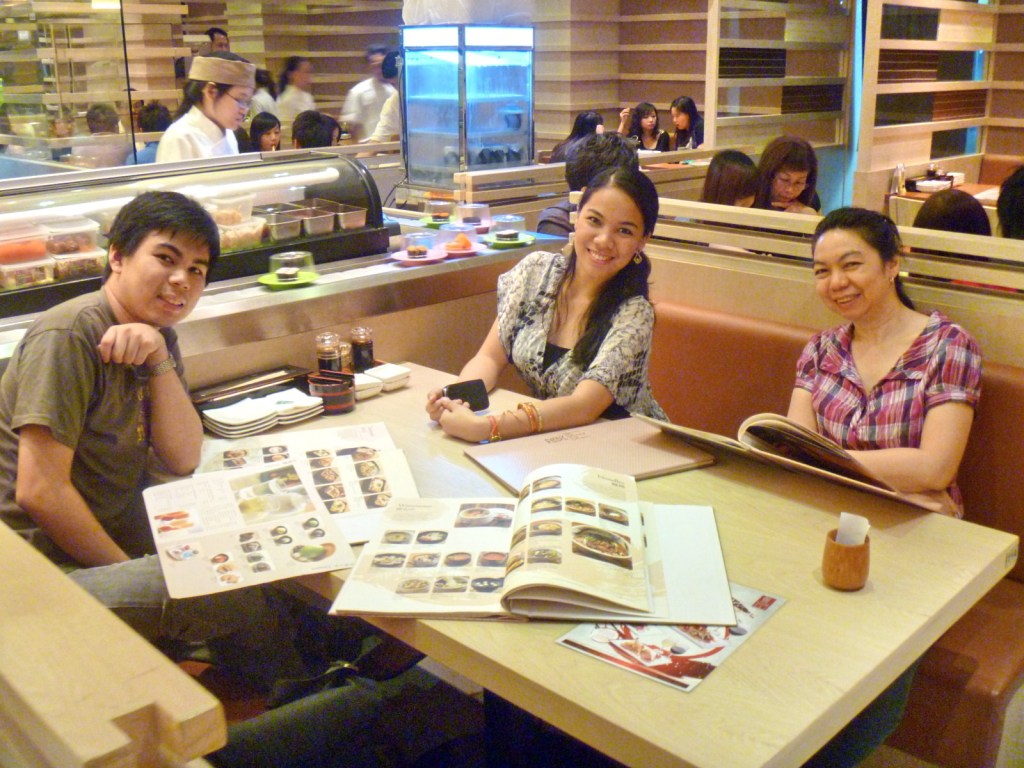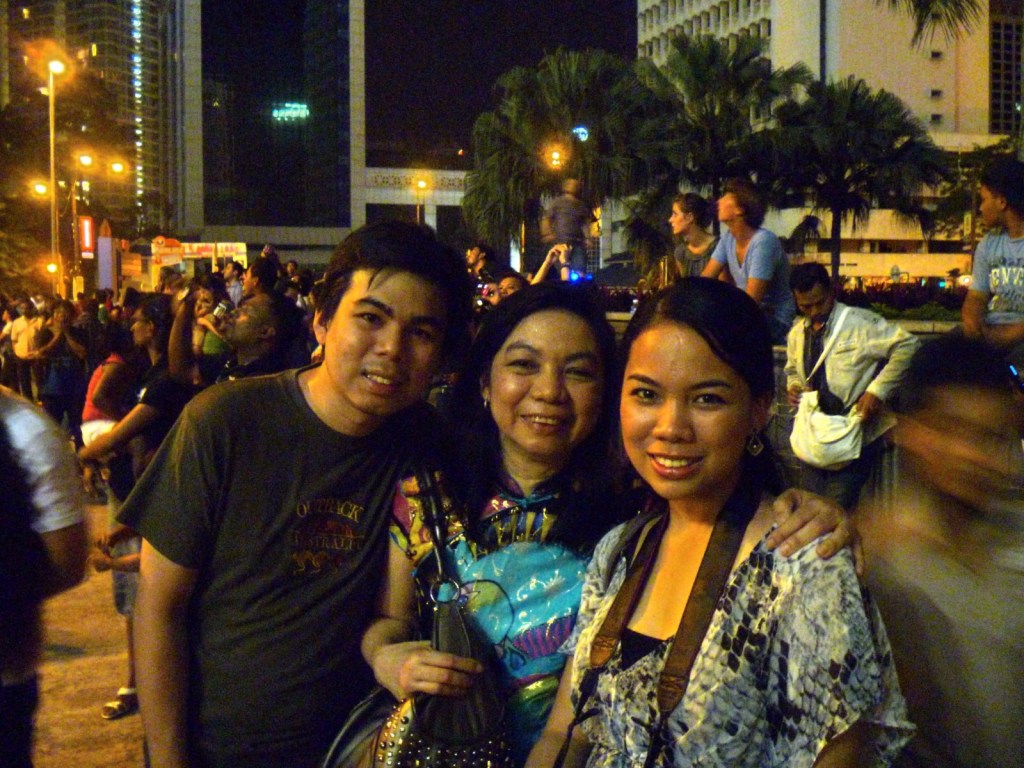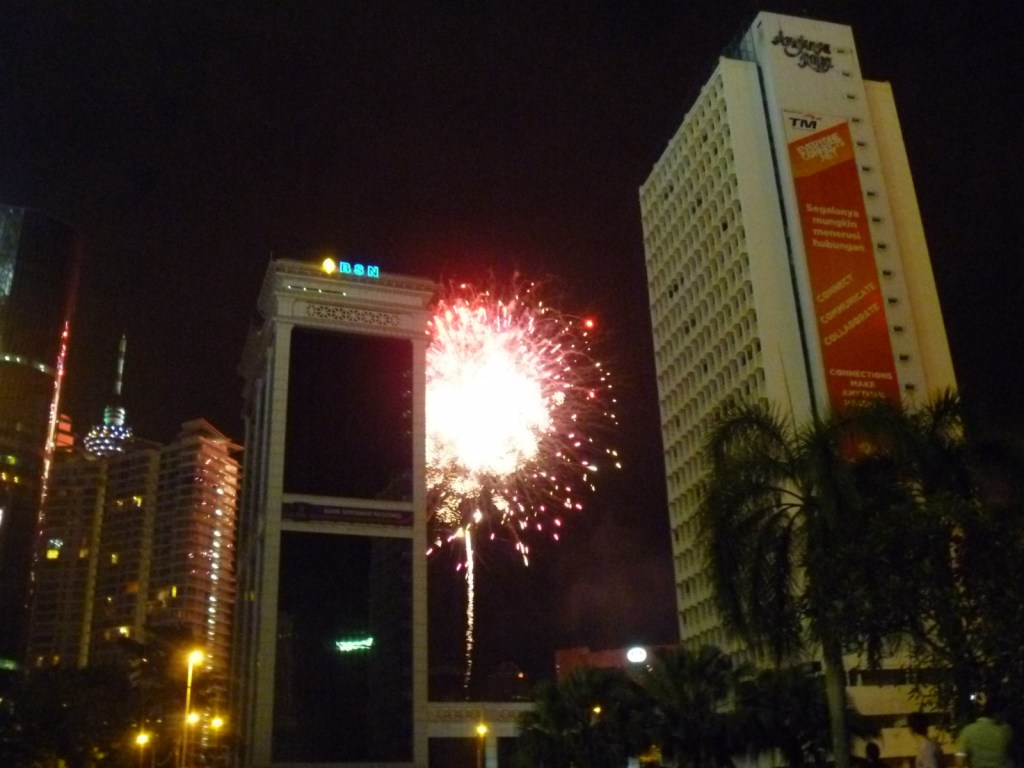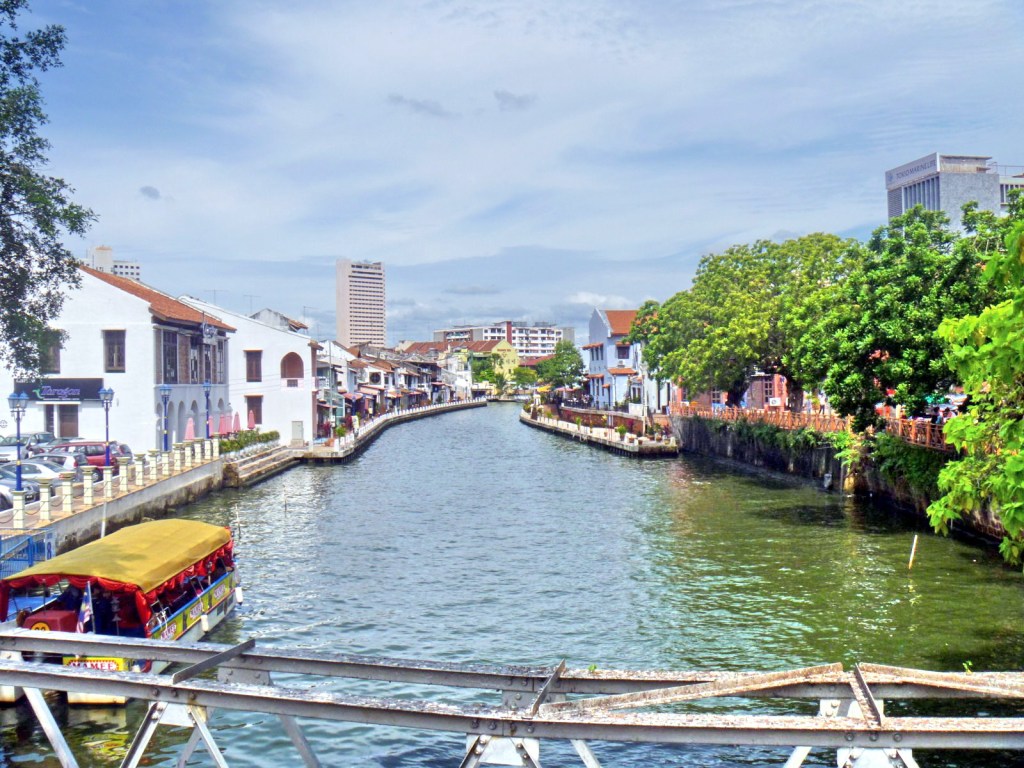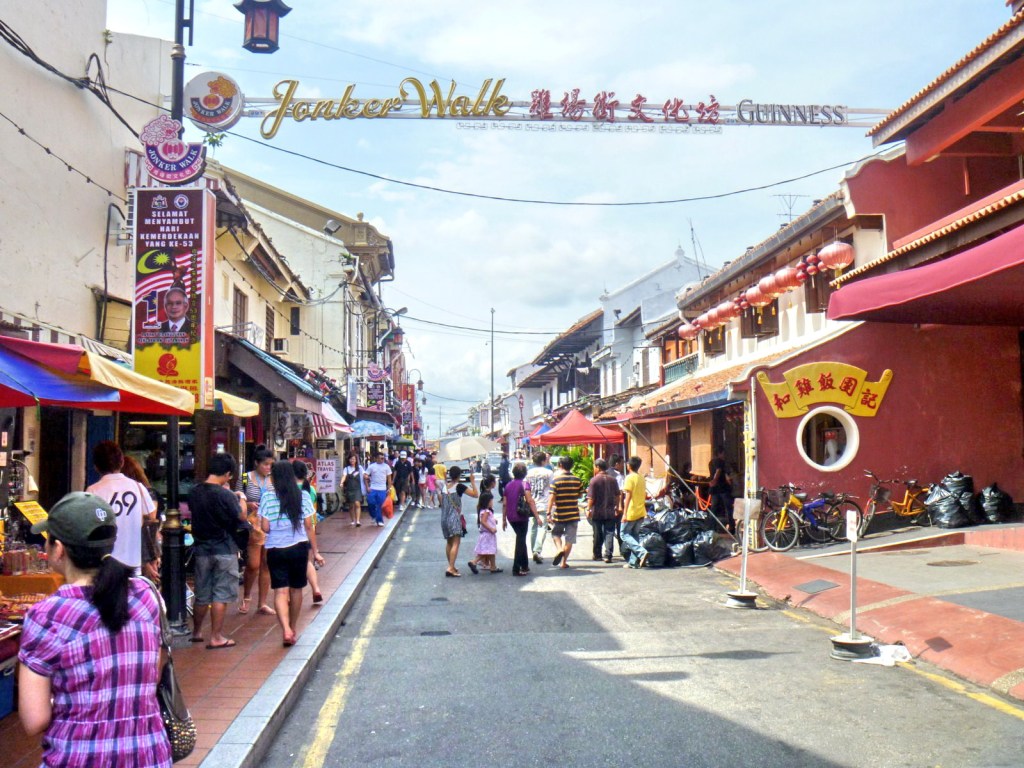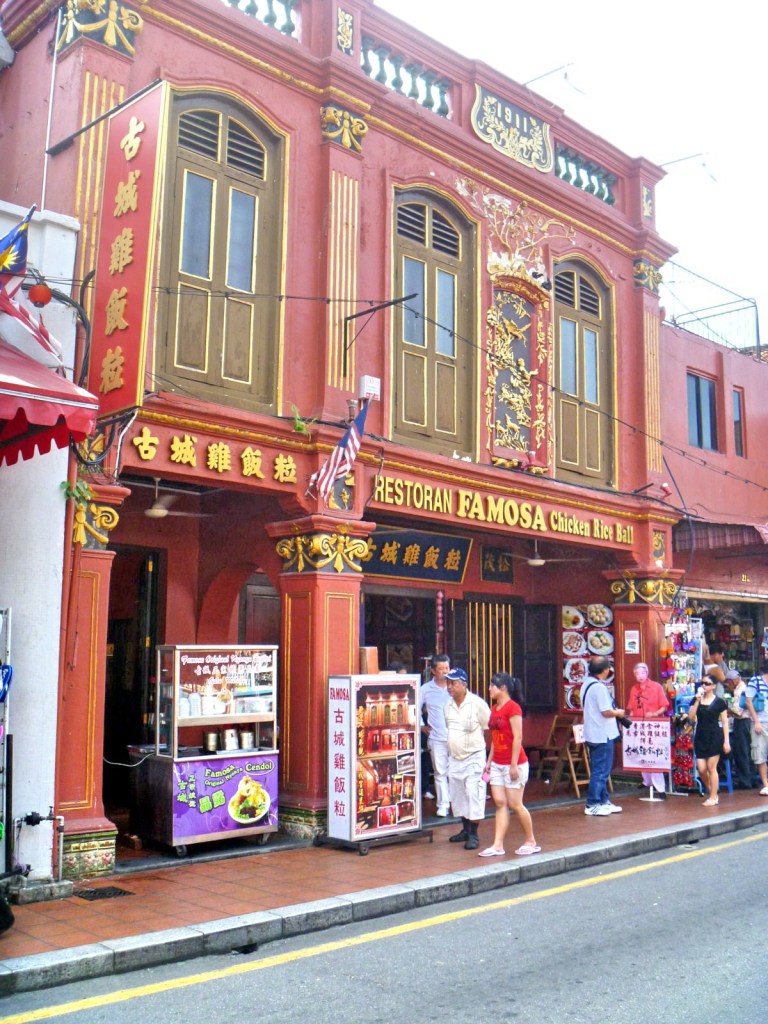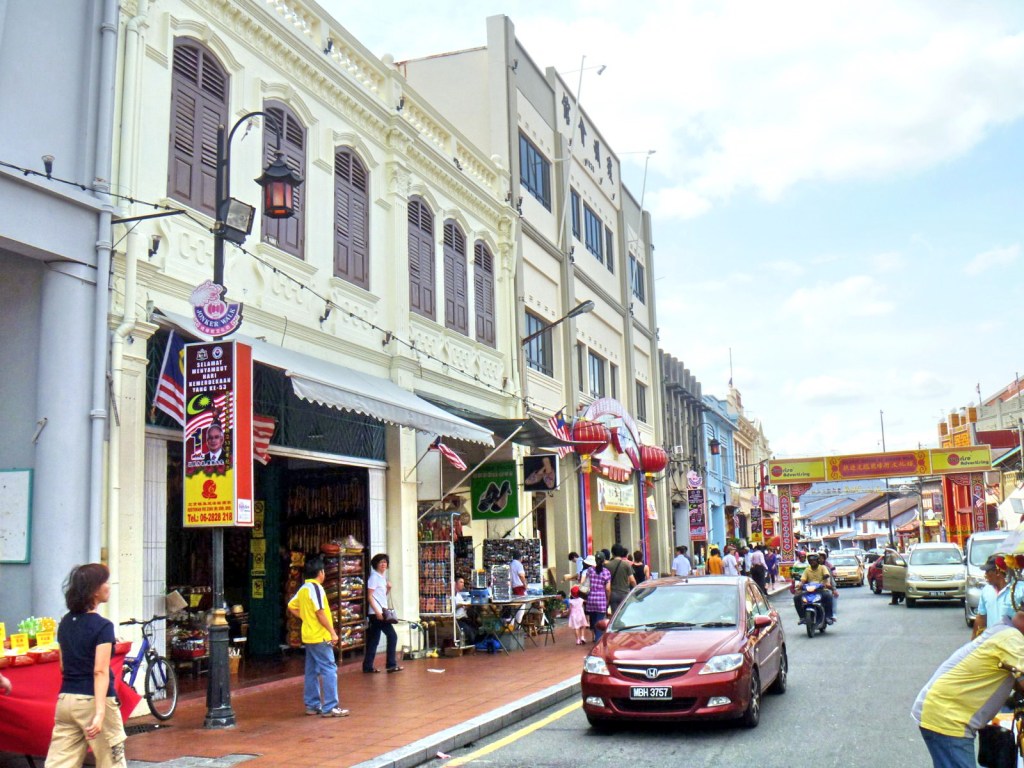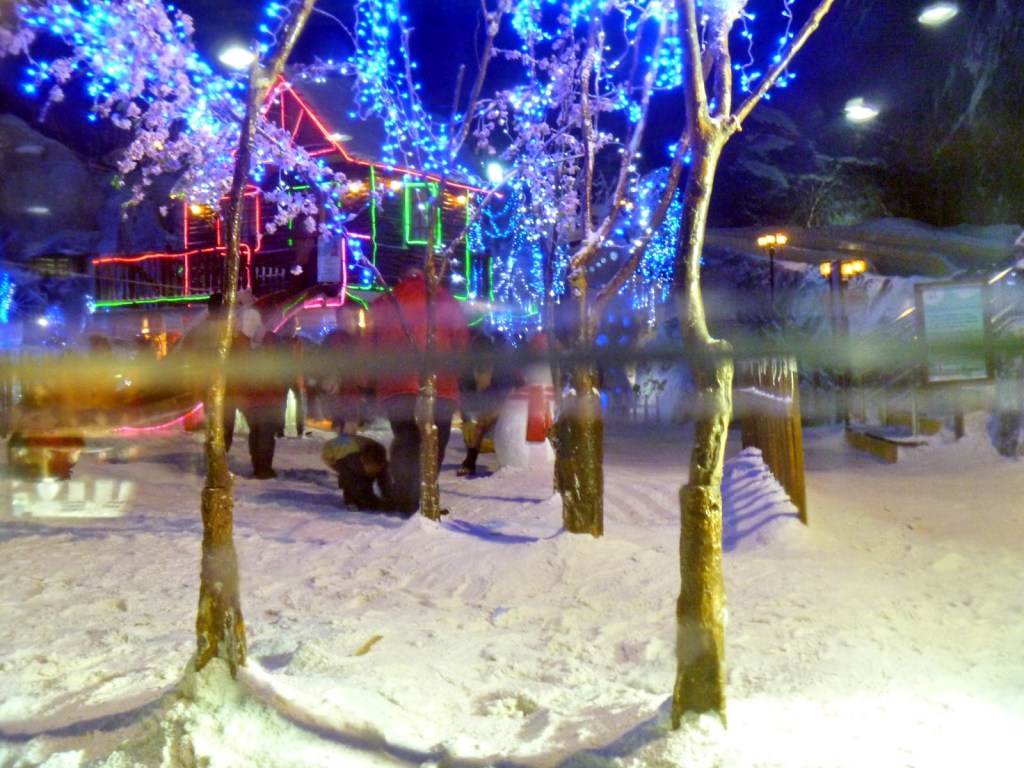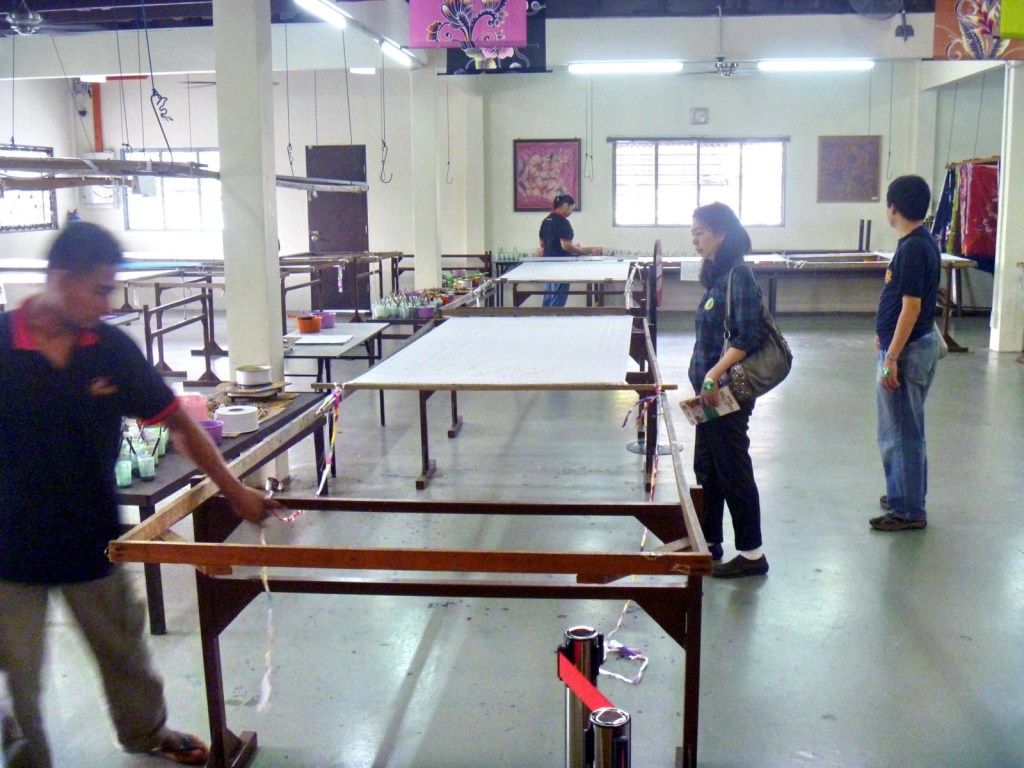| El Presidente Beach Resort |
After breakfast at Eastern Hawaii Casino and Resort, we next headed west, to Ilocos Norte, with stopovers at Buguey and Claveria. We arrived at Buguey by 10 AM and were dropped off at the El Presidente Beach Resort where we were welcomed by town officials led by Mayor Licerio Antiporda III and his wife. The skies were overcast and it was very windy. Before entering the conference hall, we were given a welcome drink of fresh buko juice, still in its shell, plus crab sandwiches. While waiting for the start of the press conference, some sampled the Lamba Sparkle Berry Delight, a cocktail consisting of a 1/3 cup each of the following: native Buguey lambanog (nipa palm wine), sparkle and red berry juice, plus half a teaspoon of sugar; then garnished with lime and cherry and, finally, all the ingredients are shaken, strained and poured into a cocktail glass.
| Lamba Sparkle Berry Delight |
In his speech at the presscon, Mayor Antiporda enumerated his efforts to further boost the town’s tourism potential as well as to fortify its claim to being the “Crab Capital of the North.” He also informed us that the local government-run El Presidente Beach Resort will soon be undergoing a total makeover, thanks to a PhP32 million loan from Land Bank, and will be turned into a U-shaped, bungalow-type hotel with 15 guestrooms and two dorms and will be renamed as the Buguey Crab Hotel.
| Crab claws anyone….? |
Afterwards, we were all invited to partake of the feast prepared for us: steamed shrimps; brackish water crabs, both steamed and cooked in the half shell; breaded prawns; seaweed, oysters, fresh fruits (mangoes, bananas) and bocayo (coconut candy). Some, foregoing the use of spoons, forks and knives, decided to dine kamayan style. While we were doing so, we were regaled with a bevy of native dances performed by schoolchildren and young adults.
| Driftwood by the beach |
After dining, some of us slipped out the conference hall to burn the excess calories gained as well as to check out the windswept black sand beach, observe people harvesting shells or children playing and to admire the high, turbulent waves breaking on the shore, a consequence of the converging waters of the South China Sea, the Pacific Ocean and the Cagayan River. Prior to our leaving for Claveria, everyone in the media group was gifted with a bottle of Buguey lambanog to take home (I was given two).






